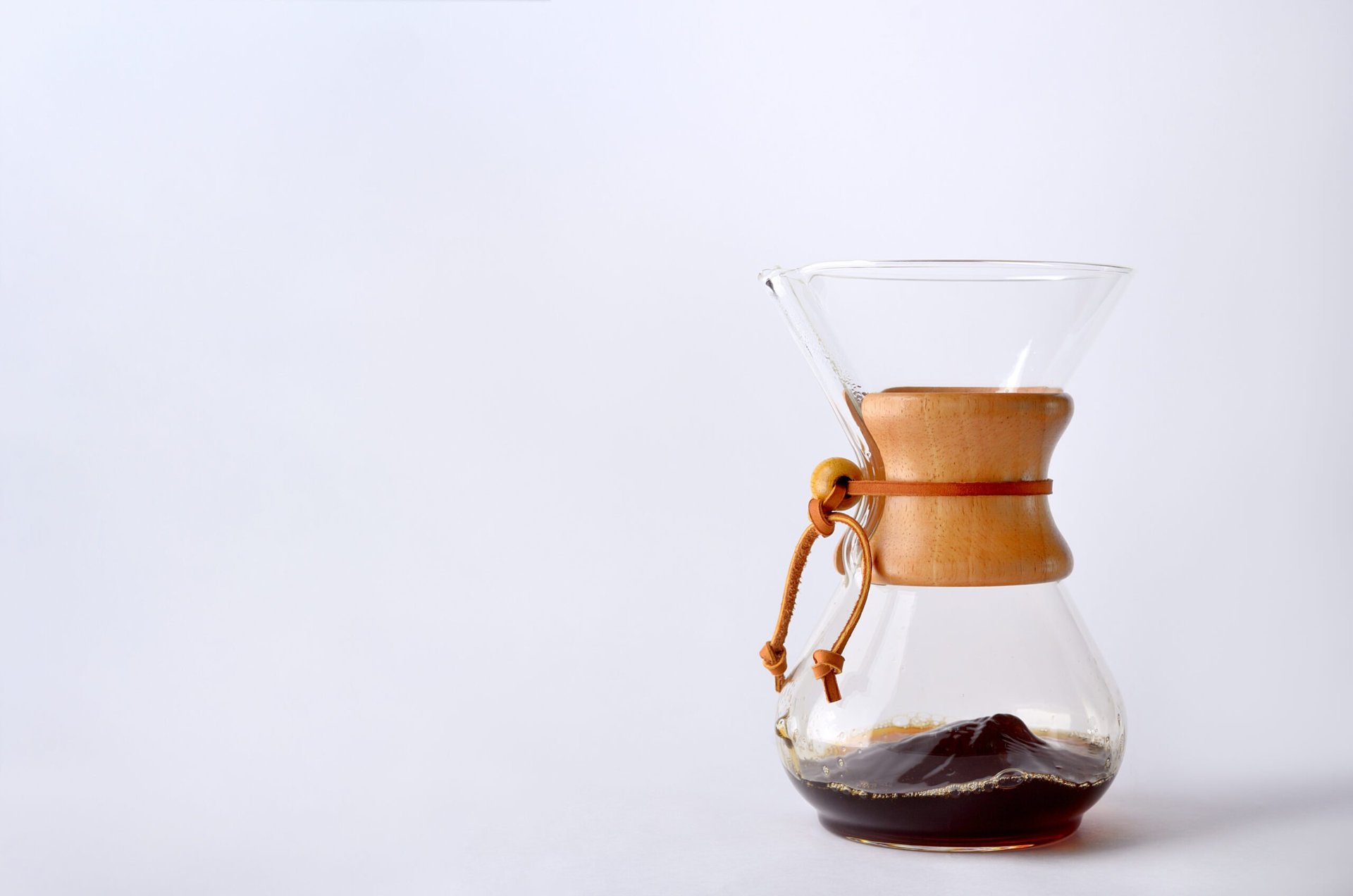
Shopping thrift stores, flea markets and estate sales can be overwhelming. With the sheer volume of stuff, how do you know where to start? How do you spot gems amid all the junk?
As a professional reseller who has been combing through thrift stores for the better part of 30 years, I can help. If you’re ready to cut your shopping time in half, score bigger bargains or walk away with brag-worthy finds you can flip for cash, read on.
From hard-to-find household items to resale money-makers, everything featured in my “Thrift Shop Like a Pro” series qualifies as a BOLO (“be on the lookout” for) item. When you find it, buy it!
Featured find: Chemex coffee makers
In my house, coffee makers expire faster than the half-and-half. Seriously, I’ve bought two single-cup brewers in the past month. Each one lasted about two weeks before the pump mechanism failed and rendered the whole machine useless.
I’m tempted to go into a diatribe about planned obsolescence, but I haven’t had my coffee yet. Instead, let’s talk about one solution — the Chemex coffee maker, an elegant, efficient pour-over device with no moving parts.
Invented by chemist Peter Schlumbohm, Chemex first appeared on the market in the 1940s. Made of heat-resistant glass, the brewers look like an hourglass with the top shaved off.
The cone-shaped upper portion of the carafe, together with a special paper filter, removes sediment, oils and fats from the coffee. No bitterness and no grounds — the perfect cup every time.
But the smart design doesn’t end there. The narrow neck of the carafe fits the hand perfectly and protects it from the hot surface with a band of wood called a “collar.” The collar is secured with a leather cord knotted through a wooden bead. (Don’t you just love mid-century design?)
A subtle groove molded in the glass serves as a spout. Just remove the used filter and grounds as one compostable package and then pour the coffee.
Why buy it?
Besides brewing a superior cup of coffee, Chemex coffee makers just look cool. In comparison, my now-defunct single-cup brewers look like ill-conceived piles of plastic.
New York City’s Museum of Modern Art and Cooper Hewitt, Smithsonian Design Museum agree on Chemex’s artistic merit — the permanent collections of both esteemed institutions include a Chemex.
Properly used and cared for, a Chemex will deliver piping hot perfection for generations. An excerpt from an old company brochure says it best:
“The Chemex coffeemaker is a perfect masterpiece of glassblowing, which only very few glassblowers can deliver. Treated rightly, with respect, it will last a lifetime.”
If you’re interested in reselling Chemex pieces for profit, the market is fully caffeinated. An extra-large Chemex from the 1950s recently sold on eBay for $330. On Etsy, a vintage 8-cup model in pristine condition recently sold for $199.
Those prices are even more impressive when you consider that vintage Chemex brewers cost only a dollar or two in many secondhand shops.
Particularly in areas without a strong coffee culture, thrift store staff don’t know what to make of a Chemex pot. Is it a weird vase? A piece of lab equipment? A fancy spittoon? But hey, their confusion means steamin’ hot bargains for you and me.
What to look for
The Chemex mark is usually printed on the underside of the carafe, though I have seen molded marks near the spout on pieces from the 1940s. The logo is simple — just “CHEMEX” in all-caps with a patent number.
In the resale market, Chemex prices vary based on condition, age and other features. If you’re buying to resell, pay special attention to:
- Size: With a few rare exceptions, Chemex brewers come in one-, three-, six-, eight- and 10-cup sizes. Larger sizes (eight-cup and above) sell best.
- Manufacture location: Pieces marked “Made in West Germany” were manufactured before 1990 and typically sell for higher prices.
- Unique markings: Early Chemex brewers were made of Pyrex and some feature a green stamp on the body of the carafe that reads, “CHEMEX® U.S. PATENT 2,411,340 MADE IN U.S.A. FROM PYREX® BRAND GLASS.” Carafes with the green stamp command higher resale prices.
- Collar material: Some later Chemex models feature a plastic collar, but collectors prefer the original wood and leather collar design.
Pro tip: If you find a Chemex with heavy coffee stains, don’t despair. Remove the wooden collar and fill the carafe with equal parts warm water and distilled white vinegar. Let soak for 2-3 hours, then scrub with a bottle brush.





Add a Comment
Our Policy: We welcome relevant and respectful comments in order to foster healthy and informative discussions. All other comments may be removed. Comments with links are automatically held for moderation.